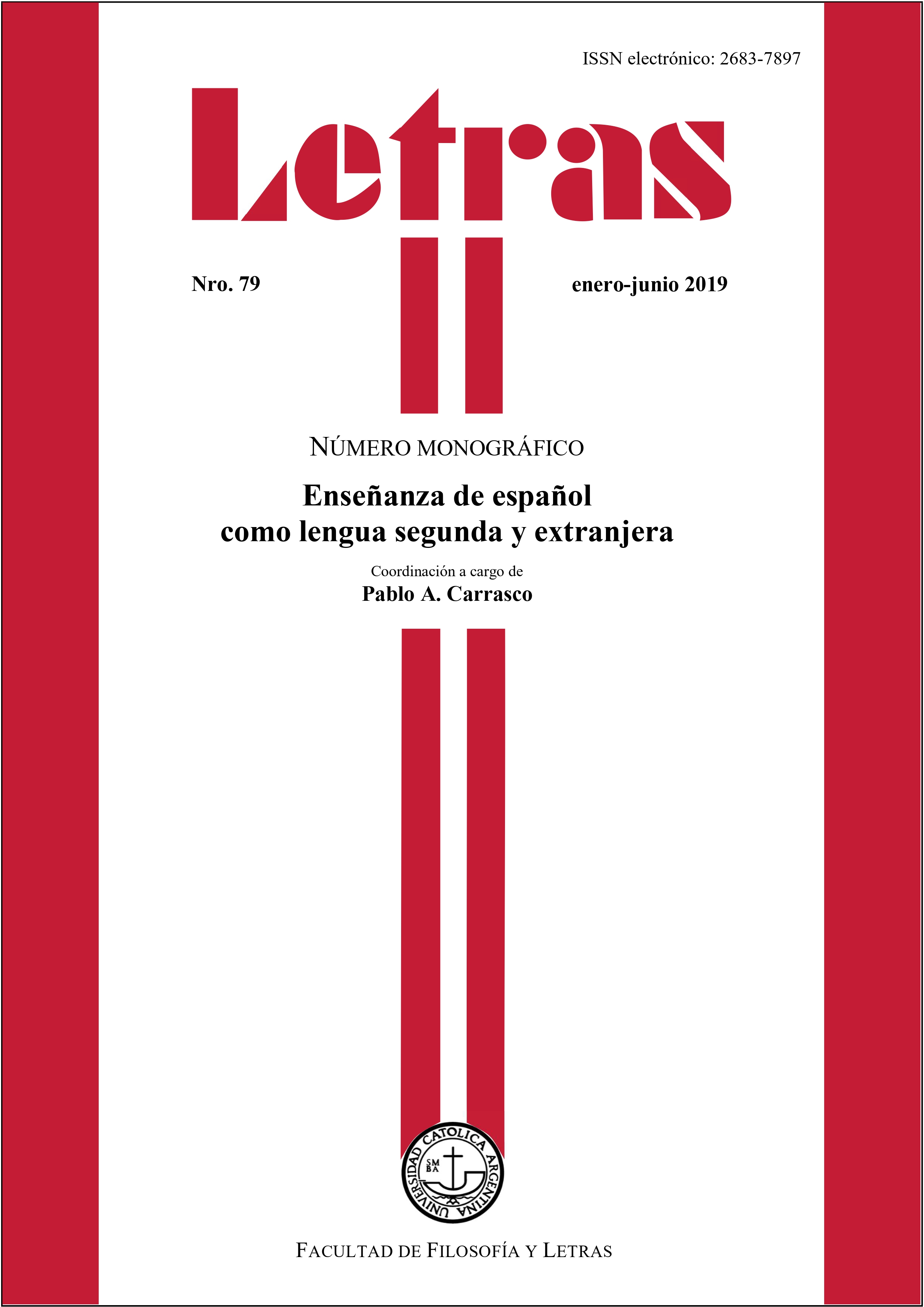Spanish in the school and for the school: experiences and proposals
Keywords:
Languages in Education - Linguistic and Cultural Diversity - Spanish as Second Language - Language and CurriculumAbstract
Spanish as a Second Language for Inclusion is an area of the Direction of Languages in Education of the Ministry of Education of the City of Buenos Aires that provides guidance and support to principals and teachers of schools that have students who speak languages other than Spanish in their classrooms. Although the coexistence of multiple languages in Argentina in general, and in the school realm in particular, is not a new phenomenon, we should note that the debate on the recognition, representation, functions and usage (to mention just a few aspects) of the different languages spoken in our country is relatively recent. The diversity that permeates the dynamic of school classes includes also the linguistic and cultural diversity of the participants; to pay attention to this reality implies to make decisions on the planning, teaching and evaluation of the curricular contents for each level of the educational system. In our article, we address some of the issues related to the learning of a second language for school, present the work that is carried out by the Spanish as a Second Language for Inclusion area, and reflect upon the experiences accrued up to the present, which serve as an orientation for future actions.
Downloads
References
ALBÓ, X. y ANAYA. A. (2004). La audacia de la educación intercultural bilingüe en Bolivia. Revista Andina 38: 281-292. Disponible en
http://www.revistaandinacbc.com/wp-content/uploads/2016/ra38/ra-38-2004-11.pdf
CÁMARA ARGENTINA DE COMERCIO Y SERVICIOS. Informe sobre Migraciones. Disponible en https://www.cac.com.ar/data/documentos/11_Informe%20sobre%20Migraciones.pdf
COLLIER V.P., Thomas W.P. (2007) Predicting Second Language Academic Success in English Using the Prism Model. In: Cummins J., Davison C. (eds) International Handbook of English Language Teaching. Springer International Handbooks of Education, vol 15. Springer, Boston, MA.
CONSTITUCIÓN DE LA CIUDAD DE BUENOS AIRES (Buenos Aires, 01 de octubre de 1996). Disponible en https://www.buenosaires.gob.ar/areas/leg_tecnica/sin/normapop09.php?id=26766&qu=c
GOBIERNO DE LA CIUDAD DE BUENOS AIRES (2016). Guía para la inclusión de alumnas y alumnos hablantes de lenguas distintas del español en las escuelas de la Ciudad. Disponible en https://www.buenosaires.gob.ar/sites/gcaba/files/elsi-guia-docentes_web_0.pdf
MINISTERIO DEL INTERIOR, OBRAS PÚBLICAS Y VIVIENDA (2018). Radicaciones resueltas. Disponible en http://www.migraciones.gov.ar/pdf/estadisticas/radicaciones_resueltas_2018.pdf
MOE, E.; HÄRMÄLÄ, M.; KRISTMANSON, P. L.; PASCOAL, J.; RAMONIENÉ, M. (2015). “Language Skills for Successful Language Learning. CEFR-linked descriptors for mathematics and history/civics". Euopean Centre for Modern Languages, Council of Europe. Disponible en https://www.ecml.at/ECML-Programme/Programme2012-2015/LanguageDescriptors/tabid/1800/language/en-GB/Default.aspx
LEY N° 3.331, LEY DE POLÍTICAS PÚBLICAS PARA LA INCLUSIÓN EDUCATIVA PLENA. Buenos Aires, 03 de Diciembre de 2009. Disponible en http://www2.cedom.gob.ar/es/legislacion/normas/leyes/ley3331.html
LIPCOVICH, P. (30 de junio de 2012) Lo que el censo ayuda a visibilizar. Página 12. Recuperado de https://www.pagina12.com.ar/diario/sociedad/3-197566-2012-06-30.html.
OVANDO, C.J.; COMBS, M.C. y COLLIER, V.P. (2006). Bilingual and ESL classrooms Teaching in Multicultural Contexts. Boston: McGraw Hill.
ROBERTS, G. & LEITE, J, & WADE, O,. Monolingualism is the Illiteracy of the Twenty-First Century. Hispania, vol. 100, no. 5, 2018, pp. 116-118.
RUIZ, R. (1984) “Orientations in Language Planning.” NABE: The Journal for the National Association for Bilingual Education 8.2: 15-34.
Downloads
Published
How to Cite
Issue
Section
License












